Earlier this month, Mariah Stackhouse became the eighth African American to qualify for Ladies Professional Golf Association circuit. Her entrance onto the tour is another step toward fighting the old traditions of golf that, for decades, have made it inaccessible and unwelcoming for minorities.
Racial segregation in golf has been well-documented. Clifford Roberts, co-founder of one of the most famous courses in the world, Augusta National, once said, "As long as I'm alive, golfers will be white, and caddies will be black." Whites-only clubs were standard.
So when Althea Gibson became the first black woman to play in the LPGA in 1963, she was defying societal and discriminatory norms of the time. Segregation at golf courses was still commonplace, and Gibson often would have to change in her car because she wasn’t allowed in the clubhouse.
The representation of African Americans in women’s golf has come in waves: Gibson made her debut in the ’60s; Renee Powell played on the LPGA in ’60s, ’70s, and ’80s; LaRee Sugg played in the late ’90s to 2001; Shasta Averyhardt played from 2011 to 2013; and most recently, between 2014 and today, four black golfers—Cheyenne Woods, Ginger Howard, Sadena Parks, and Stackhouse—have added their names to the list, helping to diversify a tour mostly filled with Caucasian and Asian faces.
As a junior golfer, Stackhouse became the first African American to qualify for the Curtis Cup, a biennial amateur tournament in which the best junior players from the United States and Europe compete as teams against each other.
“I didn’t really know that I made history,” Stackhouse tells GOOD, “But I knew what it meant, it being the largest amateur team event, so it was really special. I was really excited to be representing my country, too.”
Stackhouse went on to have a remarkable golf career at Stanford University, earning All-American honors all four years. She also help secure the national championship for Stanford in 2015 when she won the final match of the day. Last June, she signed an endorsement deal with KPMG, one of the largest financial firms, before she even earned status on the LPGA tour.
Four months later, she made the cut in her professional debut at the LPGA event in Portland, Oregon, where she was joined in the field by Woods, Howard, and Parks, marking the first time four black golfers played in one tour-sanctioned event.
Stackhouse’s father, Ken, saw something special in her at a young age, “When she came from a visit with her grandma around five years old, we were at the driving range and she had this nice little right-to-left movement of the golf ball. I was marveling at that because it’s not a natural thing to do. Other people in the area admired it too, and before long, she had a crowd of people watching her hit balls.”
Ken Stackhouse also saw opportunity for golf to aid his daughter’s future. “I knew that women’s golf was very open collegiately ... and there were a lot of scholarships available.”
With that thought in mind, Ken started focusing less on his recreational game and devoted his energy and time to helping Mariah develop. It also helped that growing up in Atlanta, Mariah was surrounded by a robust African American golf community.
“She also participated in The First Tee program, where she was mentored by older black female golfers,” Ken Stackhouse says.
The First Tee has been heralded as one of the key golf organizations that has helped golf become more inclusive and reach groups who otherwise would not have access to golf. Funded by the LPGA, PGA, and the USGA, First Tee offers golf at little to no cost for children who have the desire to play. The facilities are often built in inner-city areas, where golf is even less accessible, and provides life mentorship along with golf instruction.
Currently, 17 percent of First Tee students are black. This is a stark contrast to the demographic of the active golf population, where less than 2 percent of black golfers make up the total of 25.7 million golfers in the United States.
But First Tee (and programs like it) only can do so much. Its participant range is ages 7-18. Then what?
Says longtime golf journalist Ron Sirak, “What happens to those kids after they (are) too old to participate in the program? How do you keep them in golf when it’s no longer funded for them? And how can those kids afford to compete competitively for those coveted golf scholarships?”
The sentiment was echoed by Ken Stackhouse, who believes many black families simply cannot meet the financial demands of what it costs to have a child play competitive golf. Most Division 1 colleges now recruit players who compete on the American Junior Golf Association tour, where event entry fees can run an upwards of $375. The cost to get into a tournament does not include the cost of travel to get to these events, where the parent will journey with their child state-to-state. Such tournaments can cost up to $3,000 for the week.
Regardless of the strides that golf organizations make to become more racially diverse, there’s another battle outside of their scope: economic inequality in the United States. African Americans make up the highest rate of those living in poverty in the United States. at 27.4 percent, compared to Caucasians at 9.9 percent. Other data shows that black families are more likely to live in more concentrated areas of poverty.
There are steps that can be taken.
“First, I would love to see the USGA and NCAA loosen up their amateur status rules so juniors can receive assistance without fear of retribution,” Sirak says. “Second, the USGA absolutely needs to do more in funding golf in underserved areas.”
Sirak points to the money that USGA received in a TV deal with Fox Sports to cover all their events, which totaled to $100 million. “They need to take some of that money and follow the model of the Northern California Golf Association, and subsidize golf for juniors.”
In 1989, the NCGA started a program called Youth on Course, where children never pay more than $5 to play a round, providing more access to the game. YOC subsidizes the remaining costs to participating courses, ensuring they won’t lose money on the rounds.
Currently more than 330 courses participate in this program. “We're trying to provide access to opportunities,” YOC Executive Director Adam Heieck told USA Today.
While this program helps families struggling to afford golf, it does not solve the problem of affording tournaments. The NCAA’s strict guidelines against players receiving outside funds or sponsorship to play a sport, lest they forfeit their amateur status and become ineligible to play in college, created a barrier for less-privileged families.
“You have to have the resources and the time to be able to take your kids these tournaments,” Ken Stackhouse says. “My former wife and I pretty much went through our retirement to help get Mariah to where she is now … and if you’re not there (at AJGA events) you’re going to get looked over.”
The problem isn’t a result of malice, but rather a by-product of the system.
“I understand (the NCAA is) trying to protect kids, (but) they’ve created an unnecessary hardship for kids who can’t afford golf’s expenses,” Ken Stackhouse says. “If they were allowed get some financial help, that would go a long way in getting minorities into the necessary venues to get recognized by colleges and to potentially play professionally one day.”
Slowly but surely, the diversification of golf is happening. In 2017, for the first time in the LPGA’s history, three African Americans—Stackhouse, Woods, and Parks—will compete full time on the tour.
For Stackhouse, her first goal is helping other young minority girls see that they have a place in golf.
“I find that when I go play golf in different states, there (are) always some young black girls and boys that will come and watch me play, and I make sure to speak to them, and ask them how long they’ve been playing, and encourage them to continue,” she says. “I think though a lot of the work will come from dispelling the notion that if you come from a certain place, or grow up in a predominantly minority community, that golf is not for you. Or on the other hand, if you’re a minority growing up in a predominantly white area, it still doesn’t mean golf is not for you.”















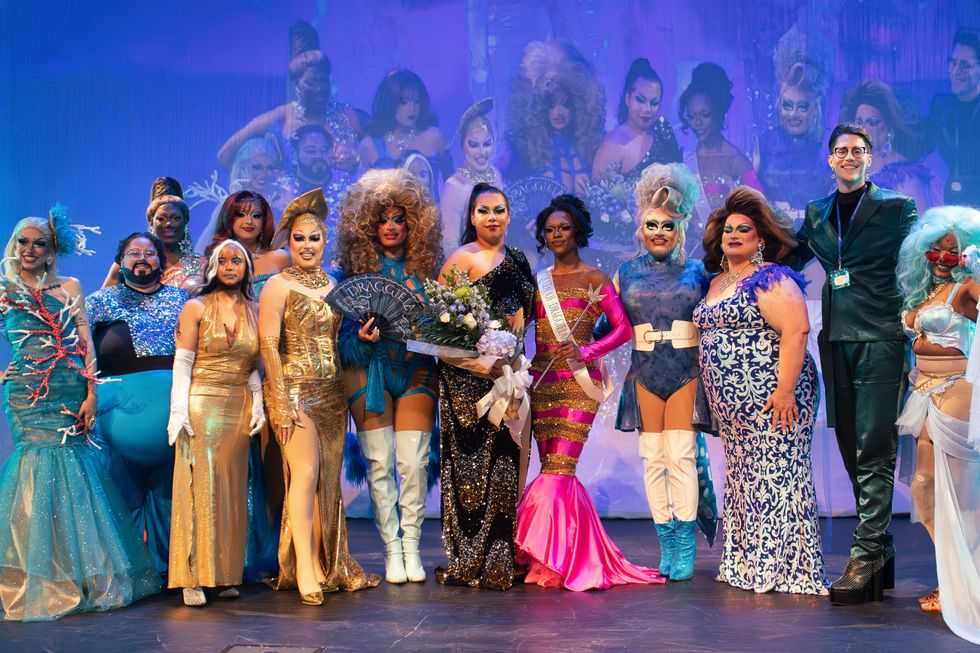 The contestants and hosts of Draggieland 2025Faith Cooper
The contestants and hosts of Draggieland 2025Faith Cooper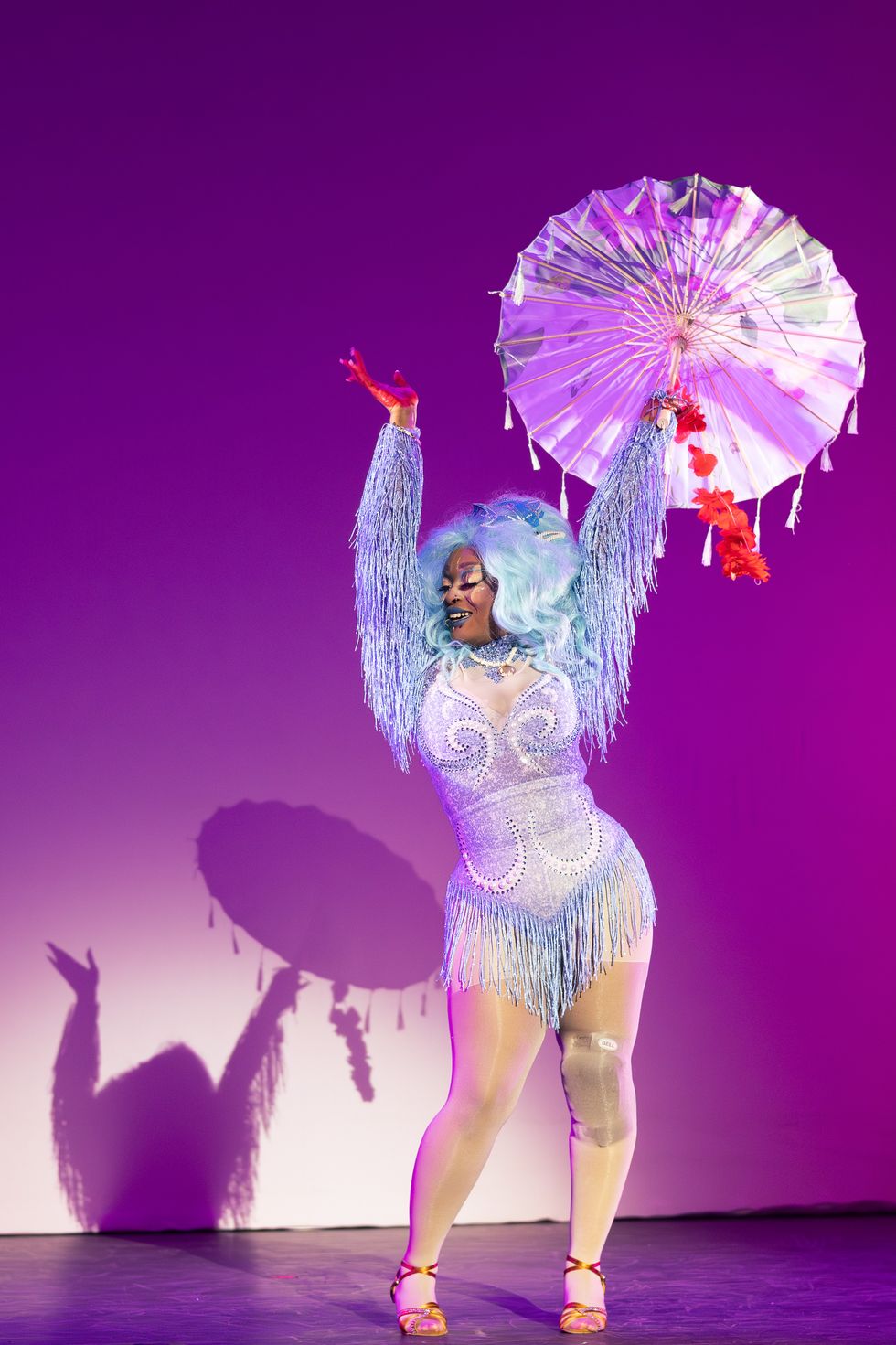 Dulce Gabbana performs at Draggieland 2025.Faith Cooper
Dulce Gabbana performs at Draggieland 2025.Faith Cooper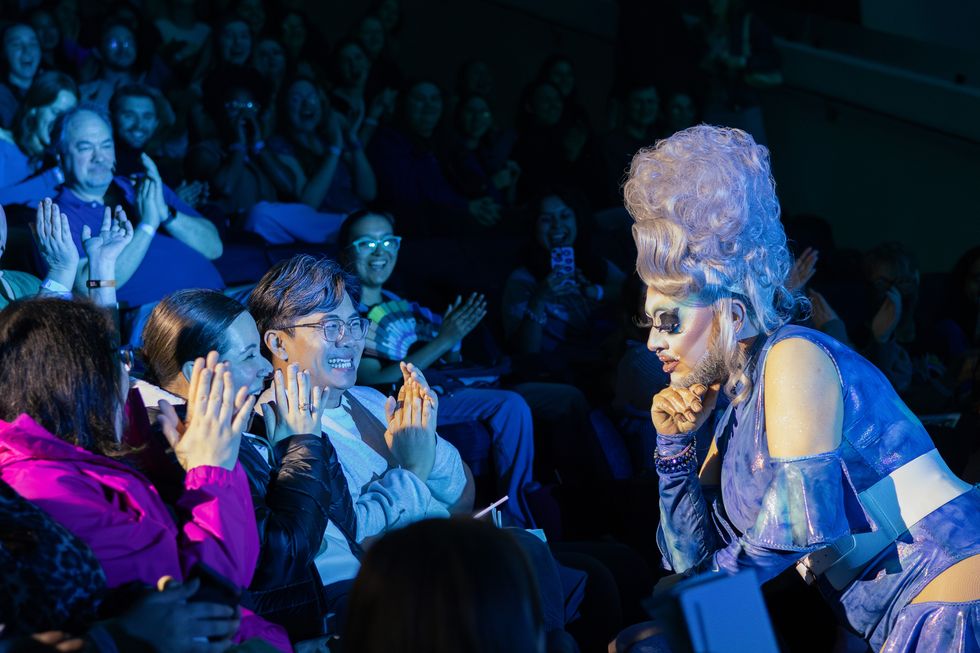 Melaka Mystika, guest host of Texas A&M's Draggieland, entertains the crowd
Faith Cooper
Melaka Mystika, guest host of Texas A&M's Draggieland, entertains the crowd
Faith Cooper




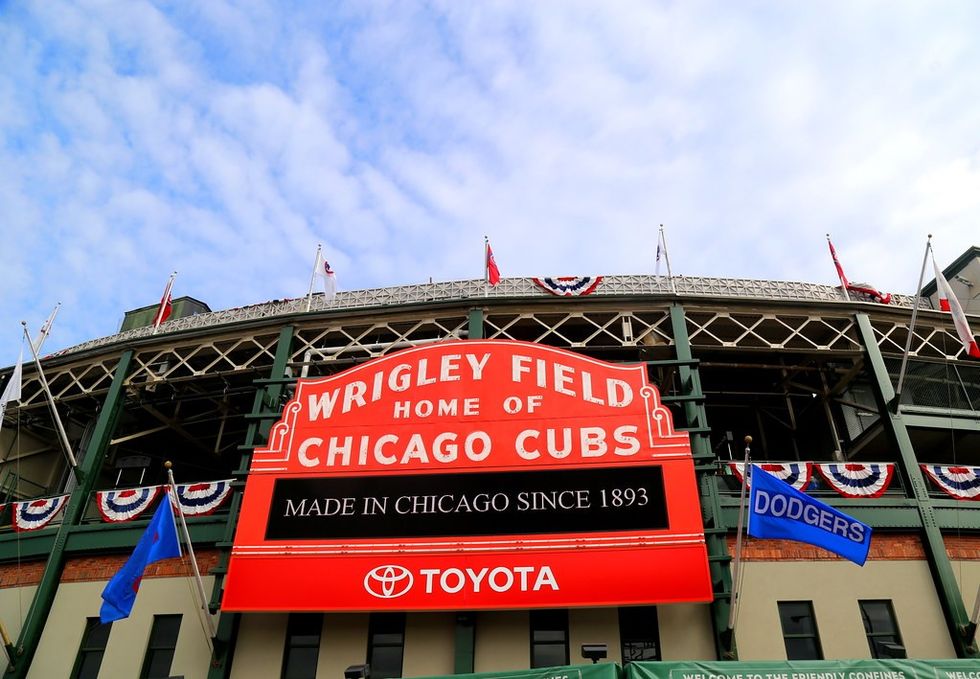 It's a beautiful day outside Wrigley Field. | It's a beautif… | Flickr
It's a beautiful day outside Wrigley Field. | It's a beautif… | Flickr

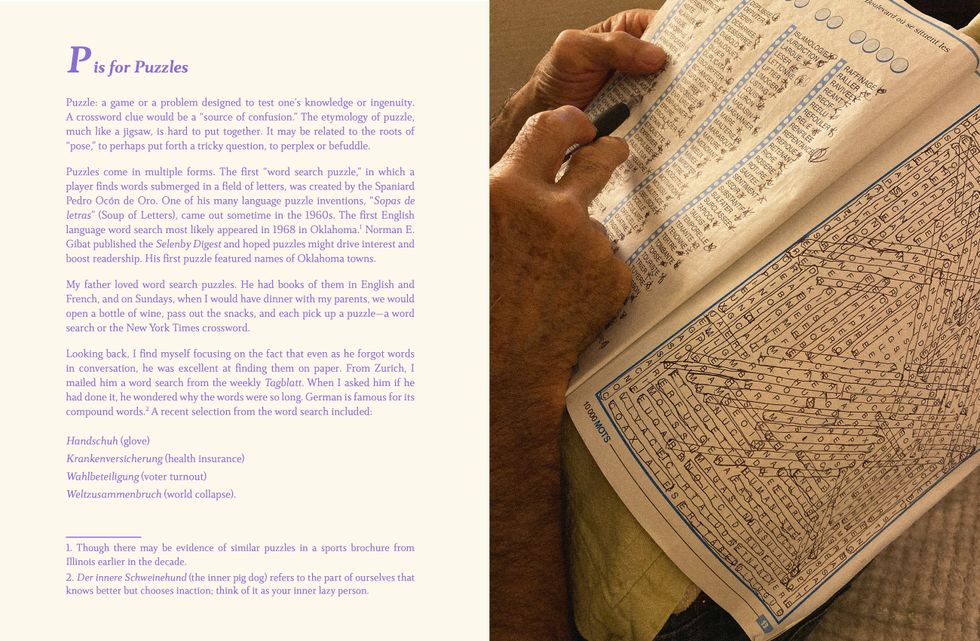 Selection from Magali Duzant's La vie is like thatMagali Duzant
Selection from Magali Duzant's La vie is like thatMagali Duzant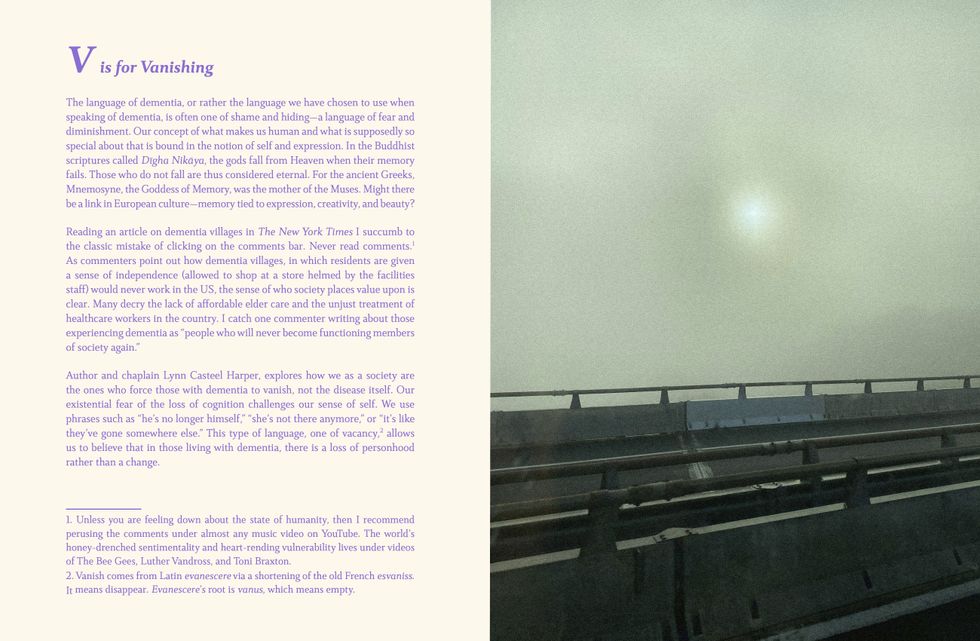 Selection from Magali Duzant's La vie is like thatMagali Duzant
Selection from Magali Duzant's La vie is like thatMagali Duzant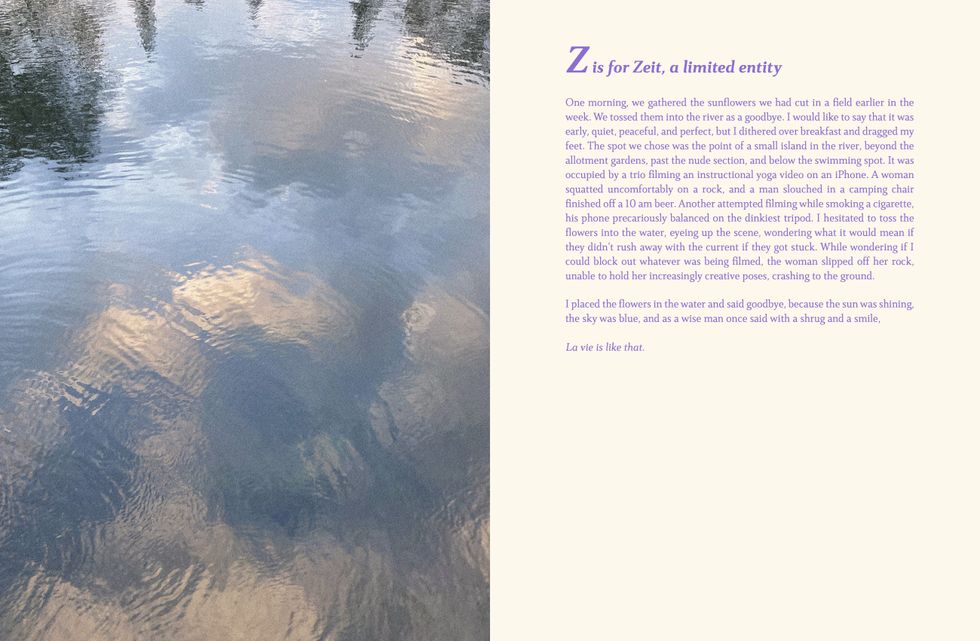 Selection from Magali Duzant's La vie is like thatMagali Duzant
Selection from Magali Duzant's La vie is like thatMagali Duzant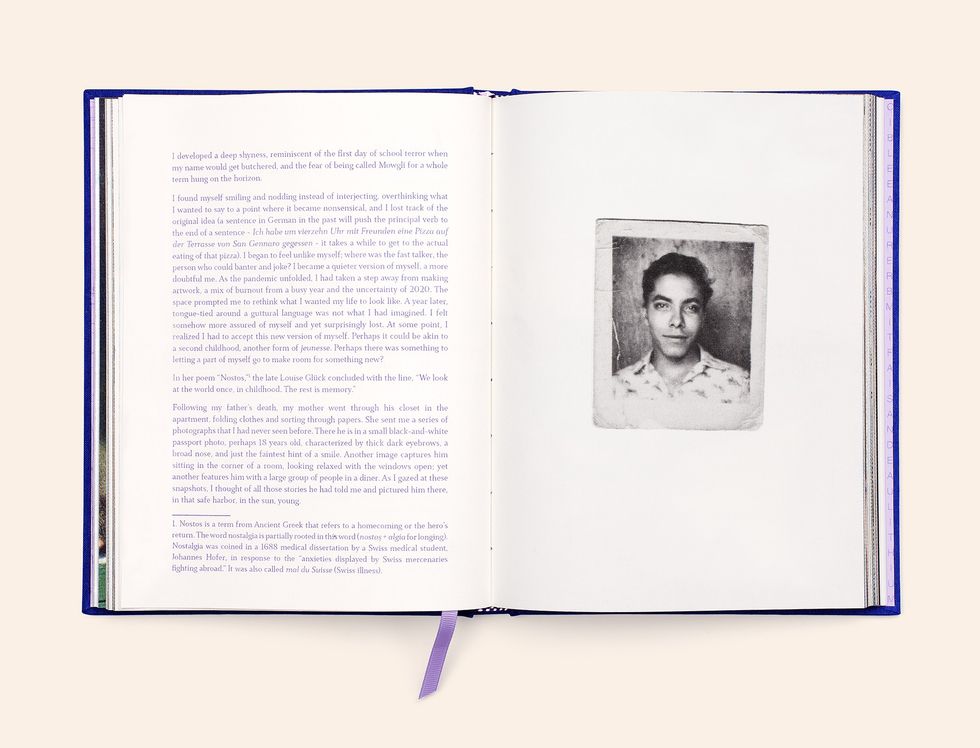 Selection from Magali Duzant's La vie is like that featuring her father, Jean Gérard Benoît Duzant, as a young man.Magali Duzant
Selection from Magali Duzant's La vie is like that featuring her father, Jean Gérard Benoît Duzant, as a young man.Magali Duzant
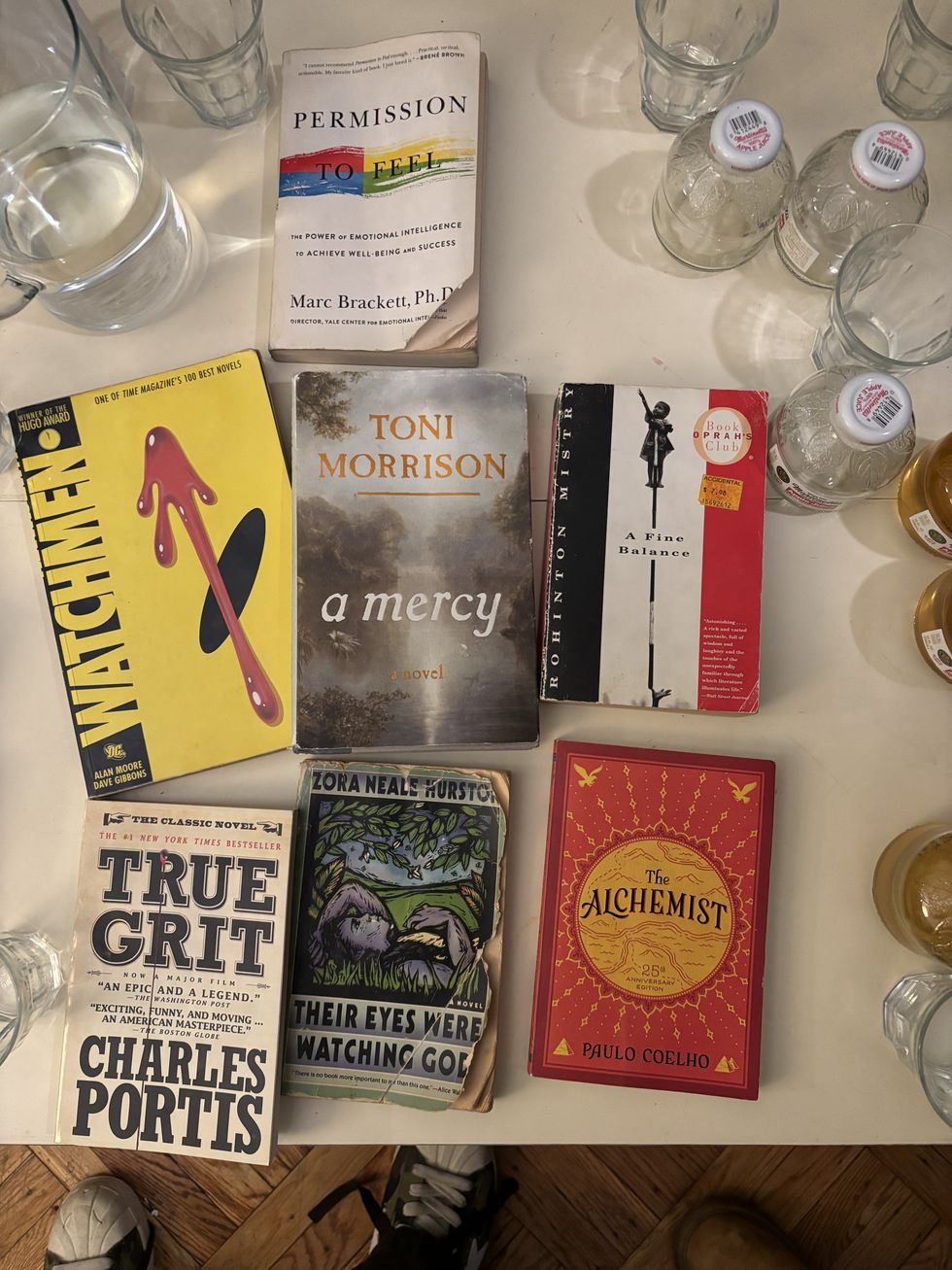 Books at the first meeting of the Fiction Revival book clubYahdon Israel
Books at the first meeting of the Fiction Revival book clubYahdon Israel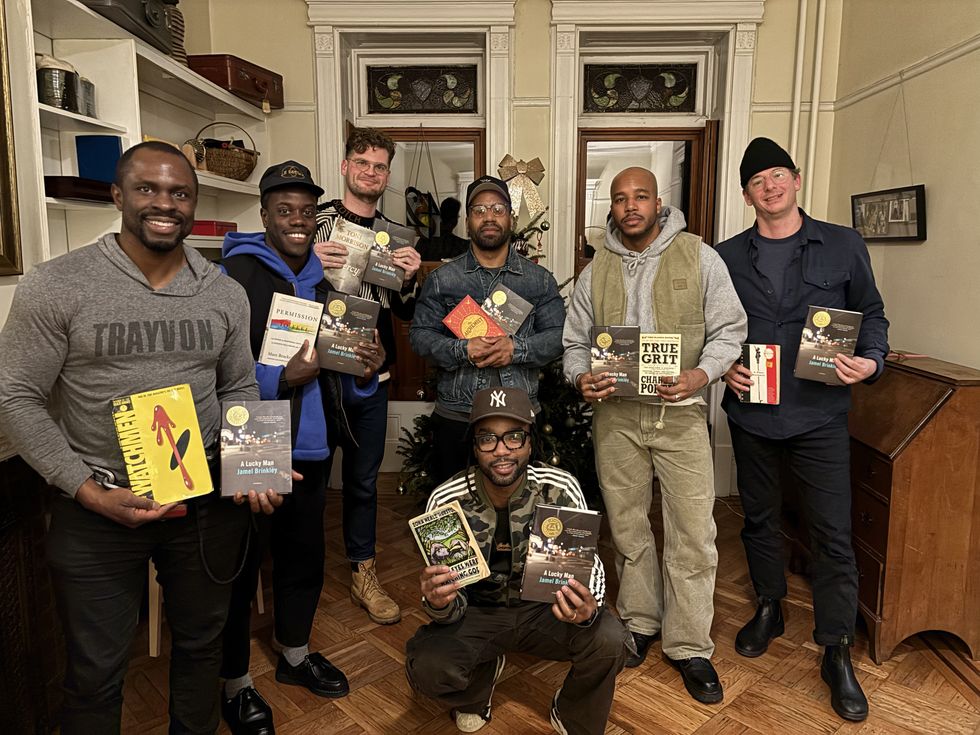 Attendees at the first Fiction Revival meeting.Yahdon Israel
Attendees at the first Fiction Revival meeting.Yahdon Israel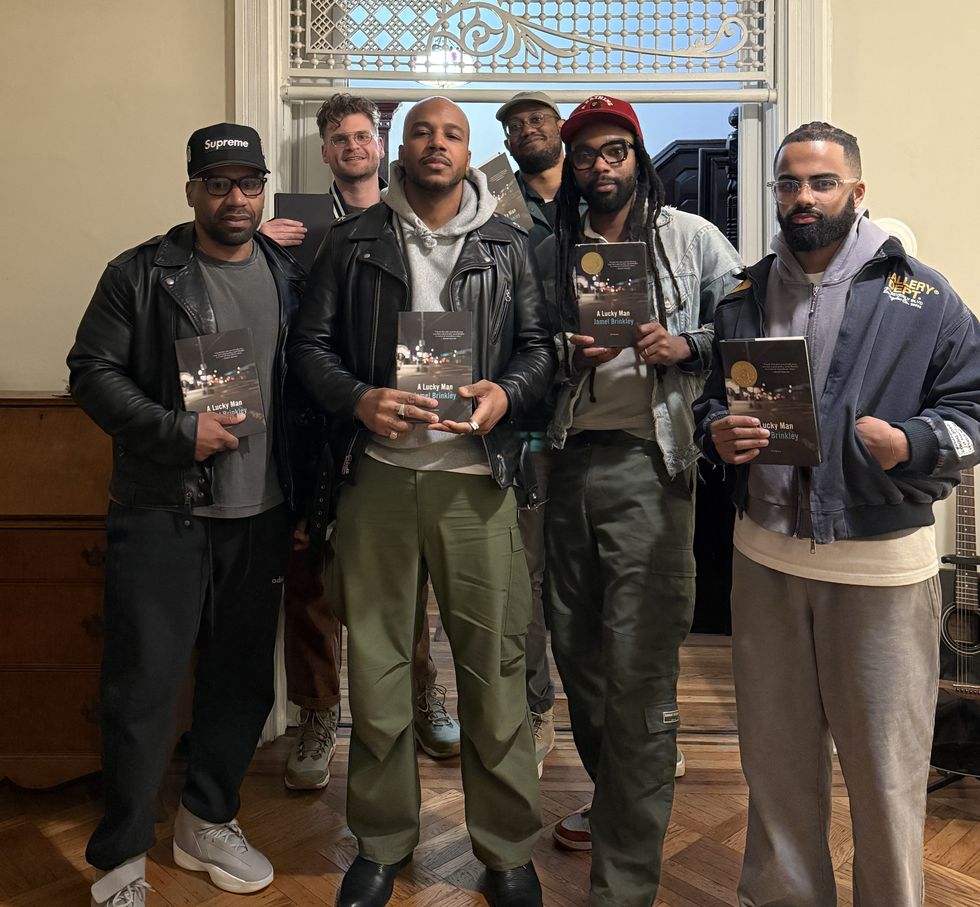 Attendees at the second Fiction Revival meeting.Yahdon Israel
Attendees at the second Fiction Revival meeting.Yahdon Israel